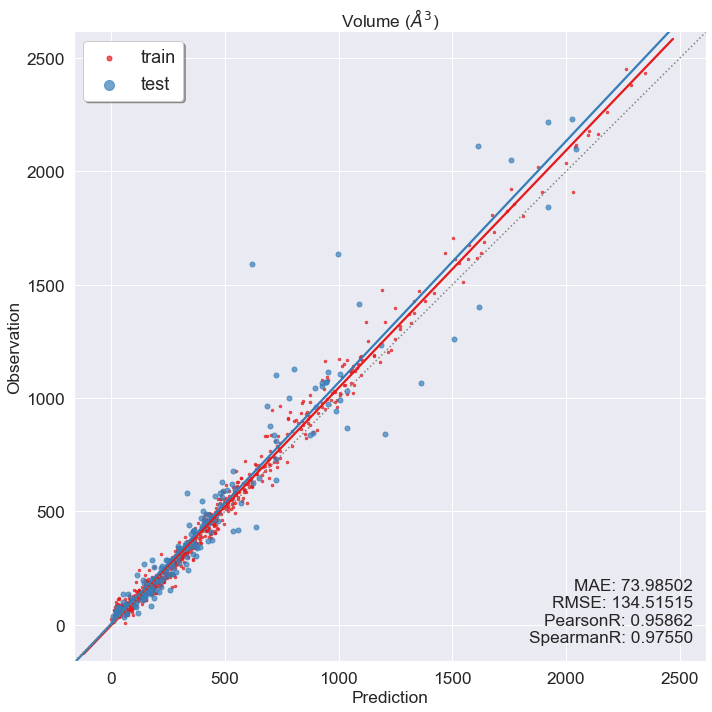

Set was completed with enough examples from SD-3, starting at pattern #Ġ, to make a full set of 60,000 training patterns. Thus we had two sets with nearly 30,000 examples each. The remaining 250 writers were placed in our test Split SD-1 in two: characters written by the first 250 writers went into Writer identities for SD-1 isĪvailable and we used this information to unscramble the writers. In contrast to SD-3, where blocks of data from each writer appeared in SD-1 contains 58,527 digit images written by 500 different writers. Sets of writers of the training set and test set were disjoint. The 60,000 pattern training setĬontained examples from approximately 250 writers. Our test set was composed of 5,000 patternsįrom SD-3 and 5,000 patterns from SD-1. The MNIST training set is composed of 30,000 patterns from SD-3 andģ0,000 patterns from SD-1. Therefore it was necessary to build a new database Result be independent of the choice of training set and test among theĬomplete set of samples. Reason for this can be found on the fact that SD-3 was collected amongĬensus Bureau employees, while SD-1 was collected among high-school students.ĭrawing sensible conclusions from learning experiments requires that the However, SD-3 is much cleaner and easier to recognize than SD-1. Originally designated SD-3 as their training set and SD-1 as their test Special Database 1 which contain binary images of handwritten digits. The MNIST database was constructed from NIST's Special Database 3 and If youĭo this kind of pre-processing, you should report it in your Such as SVM and K-nearest neighbors), the error rate improves when theĭigits are centered by bounding box rather than center of mass. With some classification methods (particuarly template-based methods, So as to position this point at the center of the 28x28 field. the images were centered in a 28x28 imageīy computing the center of mass of the pixels, and translating the image Images contain grey levels as a result of the anti-aliasing technique usedīy the normalization algorithm. To fit in a 20x20 pixel box while preserving their aspect ratio. The original black and white (bilevel) images from NIST were size normalized Your own (very simple) program to read them. These files are not in any standard image format. Some people have asked me "my application can't open your image files". If the files you downloaded have a larger size than the above, they have been Please note that your browser may uncompress these files without telling you. It is a good database for people who want to try learning techniquesĪnd pattern recognition methods on real-world data while spending minimal The digits haveīeen size-normalized and centered in a fixed-size image. Is a subset of a larger set available from NIST. Training set of 60,000 examples, and a test set of 10,000 examples. The MNIST database of handwritten digits, available from this page, has a

MNIST handwritten digit database, Yann LeCun, Corinna Cortes and Chris Burges THE MNIST DATABASE of handwritten digits Yann LeCun, Courant Institute, NYU Corinna Cortes, Google Labs, New York Christopher J.C.


 0 kommentar(er)
0 kommentar(er)
